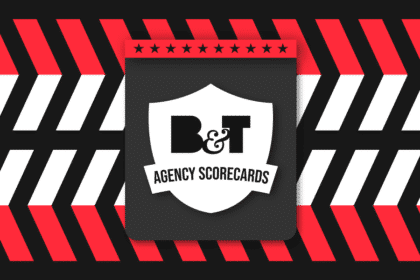In this guest post, David Lambert (pictured below), global head of Medallia Insights Consulting, says a majority of Australian marketers are remunerated based on a Net Promoter Score (NPS) that fails to measure the strength of their customer relationships and drive them to develop customer-centric strategies…
Since being thrust into the business lexicon 15 years ago after the publication of the seminal Harvard Business review article ‘One number you need to grow’, the Net Promoter Score (NPS) has become the common global metric by which executives measure the loyalty of a company’s customer relationships.
Based on responses to a single question ‘How likely is it that you would recommend our company/product/service to a friend or colleague?’ respondents answer on a 0 to 10 scale to give a overall positive or negative NPS score that reflects if a brand or business has ‘promoters’, ‘passives’ or ‘detractors’. This information can then predict if customers will continue to buy, promote the brand through positive word of mouth or not switch to a competitor. The promise was that higher NPS could help your company grow at up to two times the growth rate of competitors with lower NPS.
However, there’s a problem. Many companies don’t understand that there are at least three customer NPSs and they all predict different future customer behaviours more strongly than others. Employee NPS is the new frontier, but that is for a future article.
Many executives in Australia have ‘NPS’ on their balanced scorecards and their bonuses are linked to performance on this number. The NPS they have is usually the ‘competitive benchmark NPS’, which is usually asked in quarterly double blind research studies. Both their own customers and the customers of their competitors are asked ‘How likely are you to recommend brand X/Y/Z?’ Most companies call this their Market NPS, Strategic NPS, Competitive NPS or Relative NPS.
Executives in the US don’t usually have this type of NPS on their scorecard. Well, they do but they don’t call it NPS, they call it their brand health and it’s usually owned by marketing. Instead, they have the other two types of NPSs on their scorecard – Relationship NPS and/or Experience NPS.
- Relationship NPS measures their own customers’ relationship with the company, and is unconnected to any one experience a customer has had. This number strongly predicts future purchase/retention behaviour and word of mouth economics.
- Experience (or touchpoint) NPS on specific experiences/touchpoints. This number is very effective at helping businesses take cost and effort out of their operations.
Why is only having a competitive benchmark NPS a problem for companies? An email I often get from Australian marketers goes along these lines: “Dear David, Our competitor recently had a [insert problems] and our competitive NPS improved significantly! Everyone got their bonus paid this month and now the executives are asking how do we drive this improvement again. Help! I’m being tasked to deliver retention in revenue and all my executives care about is the strategic number and we have no idea how to drive it.’”
In essence, Competitive NPS is a great brand tracker that can compare your position with that of your competitors, but there are factors outside of improving the customer experience that can cause fluctuations in NPS. For example a telco may have a severe network outage, the company may be involved in some sort of crisis or the CEO may be in the news for behaving badly. This will likely result in a drop in their NPS and an increase in that of its competitors as the likelihood to recommend has been reduced.
The limited number of published studies on Competitive NPS are able to link it to changes in future relative market share (but not individual customer retention or repeat purchases, and not lower cost to serve). This is a great thing for executives to understand. However, a company’s ability to drive competitive NPS is limited, expensive and less sustainable for creating long term value. How do you control your competitors mistakes? How sustainable is it to keep outspending your competitors on marketing? This is in contrast to a company’s ability to create more effortless experiences for its own customers, close the loop to rescue at-risk customers and activate its own promoters to drive increased word of mouth new customer acquisitions – all of which the ‘other’ NPSs deliver and which are very hard for competitors to copy once your organisation does these things systematically.
Marketing is ‘easy’ compared to an entire organisation coming together to create consistent customer experiences that deliver on the customer promise for each and every customer. But which one creates more sustainable long term profitable growth? M&A research in 2015 found that the strength of customer relationships is now worth almost two times brand value in terms of the enterprise value of acquired firms. The inverse was true in 2003.
Do I think CEOs need to remove Competitive NPS from their scorecard? No, it predicts changes in relative market share. Do I think companies need to evolve the way they measure the strength of their customer relationships with a portfolio of metrics that are more actionable? Yes, and this is the key to unlocking the customer-centric strategies that 89 per cent of CEOs say they are pursuing today.









